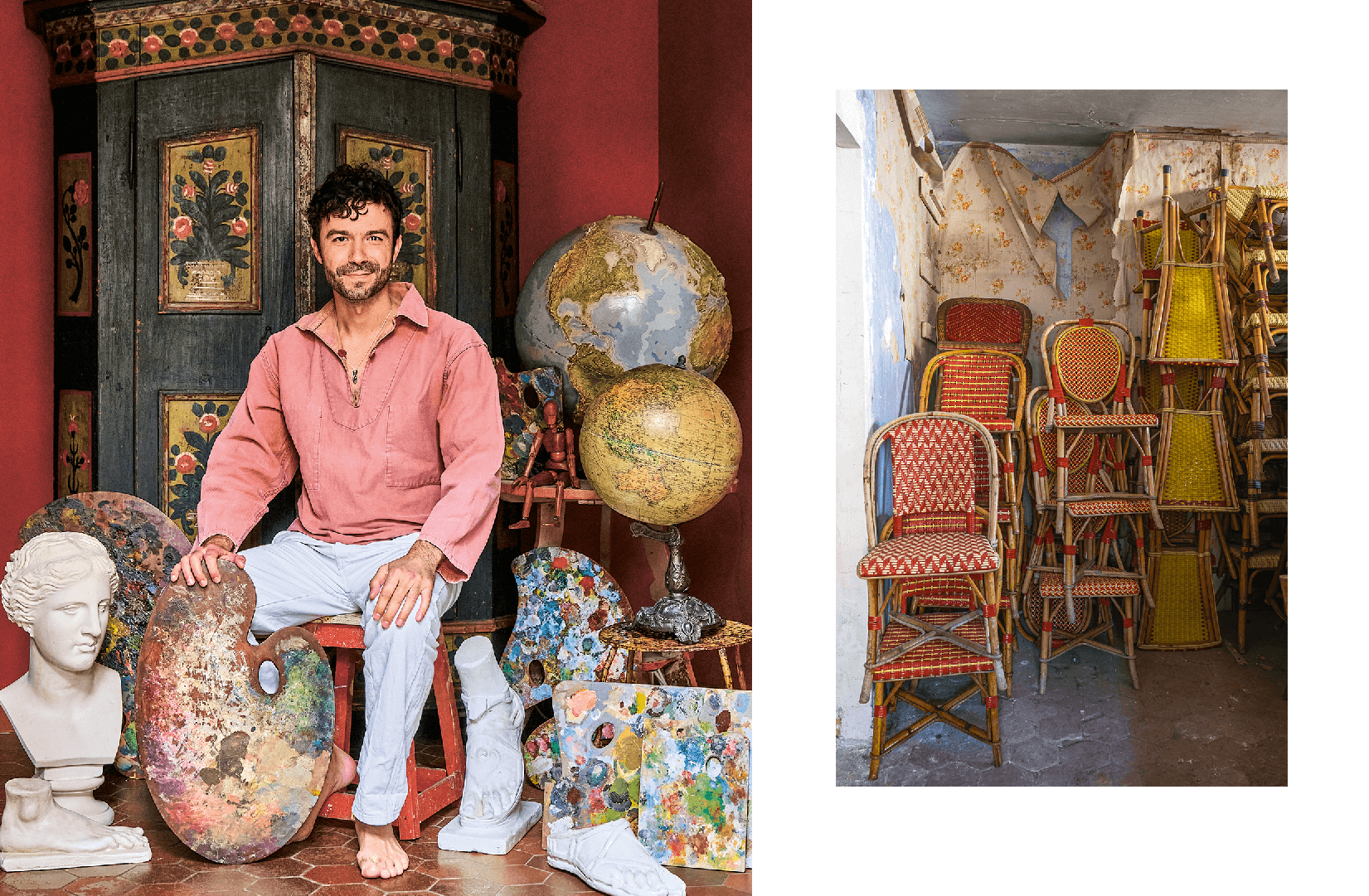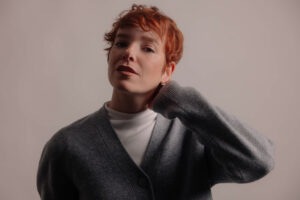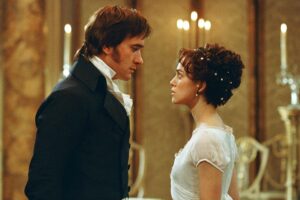Of how much objects talk about people and how much people express themselves through objects: Marin Montagut’s latest book, “Extraordinary Collections” is a journey through collections (or, as he calls them, universes), art, and wonders that from physical places of ecstasy, real Wunderkammers, become something more. An expedient to keep curiosity trained and to remember the importance of never ceasing to be surprised.
A bit like Marin himself, who despite his 20 years of life in Paris, is still surprised by the beauty that his city is able to convey to him. A forever discovery to be documented, handed down and transmitted with enthusiasm. All elements of which, and we can confirm this after meeting him for this interview, Marin himself is a spokesperson. A real storyteller, or rather, a collection-teller, who manages to enchant us, again and again and again…
When did you realize that you wanted to write this book? Did the realization happen during one of your travels?
You know, my previous book was about Paris, its shops and workshops, while for this one I wanted to focus on antique items and collections all around France, from the places where I go to find inspiration for my work; sometimes I go there in secret.
This time, I really wanted to talk about collections and what it means to discover a number of items. My grandmother is a painter, so I jumped into this world when I was a baby and grew up surrounded by lots of objects, antique items, and collections. It’s very natural to me to have many items all around me, I don’t feel comfortable surrounded by white walls. It was very important for me to talk about that.
How did you carry out the process to collect all the information and object and to organize them in a structured storytelling?
This is my third book, and the most difficult to make because there are so many collectors in France and it’s difficult to find collectors who have my same taste. On the other hand, there are so many collectors who’ve collected their items on Ikea shelves… I wanted a world, a universe, so the most difficult thing was to find a universe, a collection as part of a universe, located in a beautiful space, on beautiful walls. Sometimes, my editor would show me beautiful scenes and items, but I wouldn’t want to take pictures of them because they weren’t a collection. It’s important to stay focused on the essence of a collection: I wanted to stay faithful to the thematic.
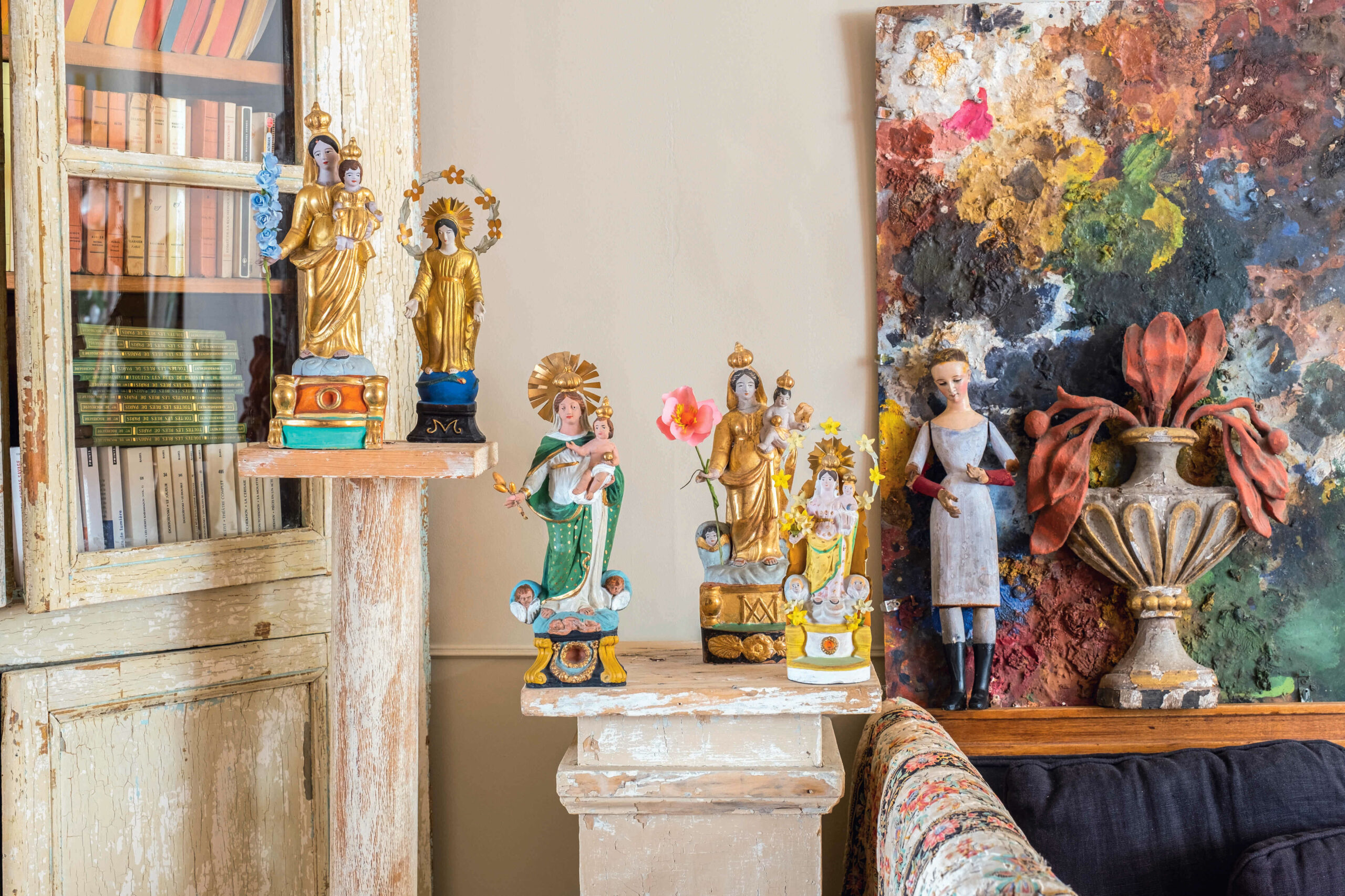
“I wanted a world, a universe.”
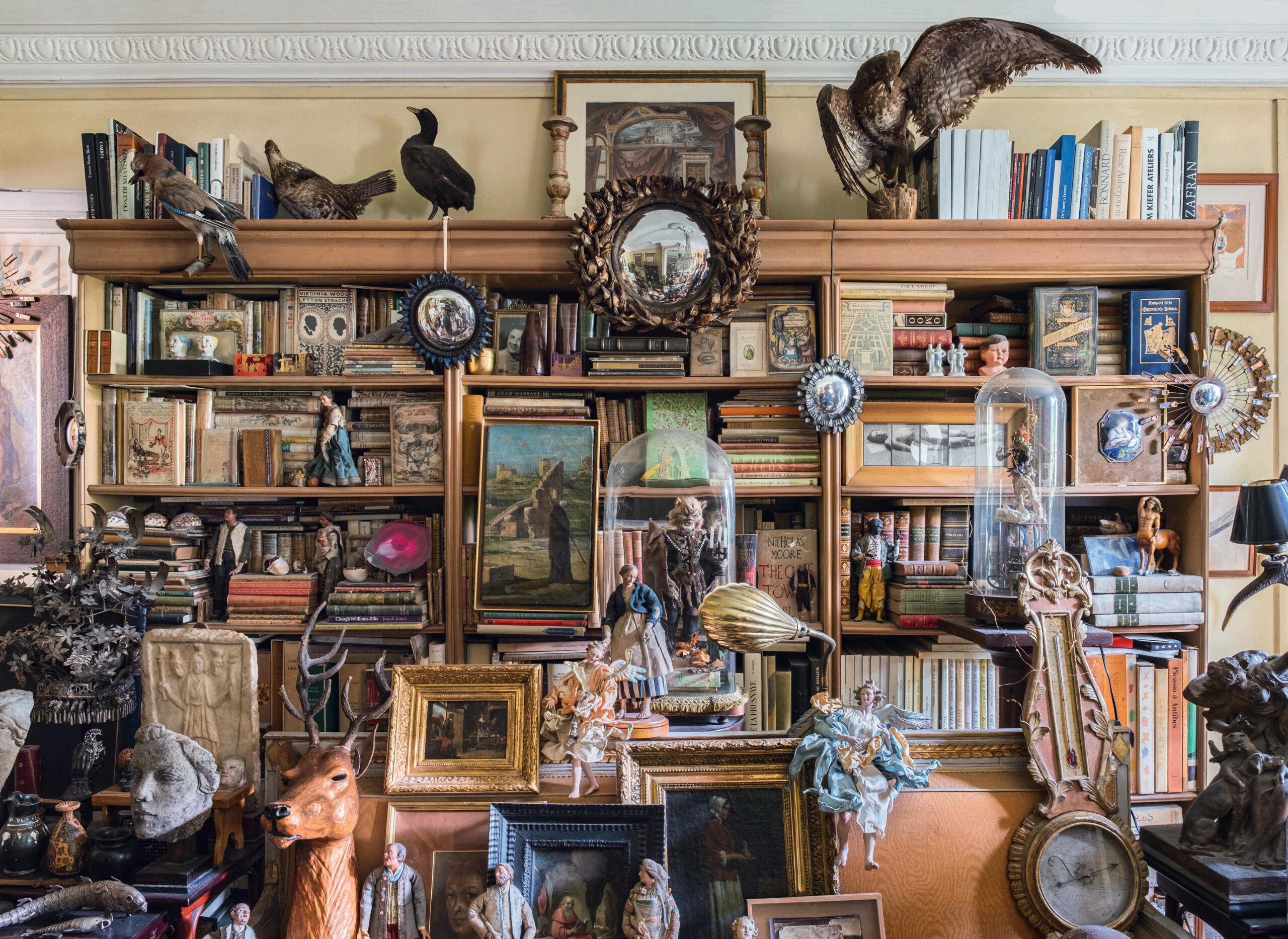
How much time did it take to put everything together?
This was the fastest book I’ve ever made: it took me 4 or 5 months. I liked the process, but my French editor told me, “It’s the last time we work like that” [laughs]. You are very focused on your work and theme, you can’t think of anything but your book, so that’s nice and I loved to work like that.
The book reminded me a sort of grand-tour, a journey to discover the world from a different point of view. What was the most inspiring story/object that you found along the journey to write it?
I fell in love with an antique palette painted in water colors, belonging to an art-focused collection also including pencils, brushes and colors. This object is so close to my universe, which is all about pigments, and palettes and things like that, so that was definitely my favorite one, I don’t know why, maybe because painting is my job.
You said in the book that “Unforeseen, curiosity and surprise make you discover new treasures.” How did you develop these three elements while growing up until nowadays?
It’s all about curiosity and being curious. You know, I didn’t like school, I wanted my school years to end as quickly as possible; at 18, I realized that I had to be curious if I wanted to start something in my life. Ever since I was very young, I’ve always known I wanted to work in art, but I didn’t know which art, I didn’t know how to choose my job and I didn’t want to because I wanted to do so many things, I wanted to paint, make videos, create items, write books. Once I finished school, I was curious to travel, so I traveled a lot from 20 to 30, by myself.
When I was 19, I arrived in Paris and was very curious to discover the city, so I went from shop to shop and talked to so many craftsmen because I wanted to know about their job. After that experience, I realized I wanted to create maps, and so the book “Le Paris merveilleux”, my first work, was born, full of city maps to discover Paris but based on those little shops, and not museums or the classic things you can find in touristic guides. Mine is a new city guide about craftsmen and their places in Paris.
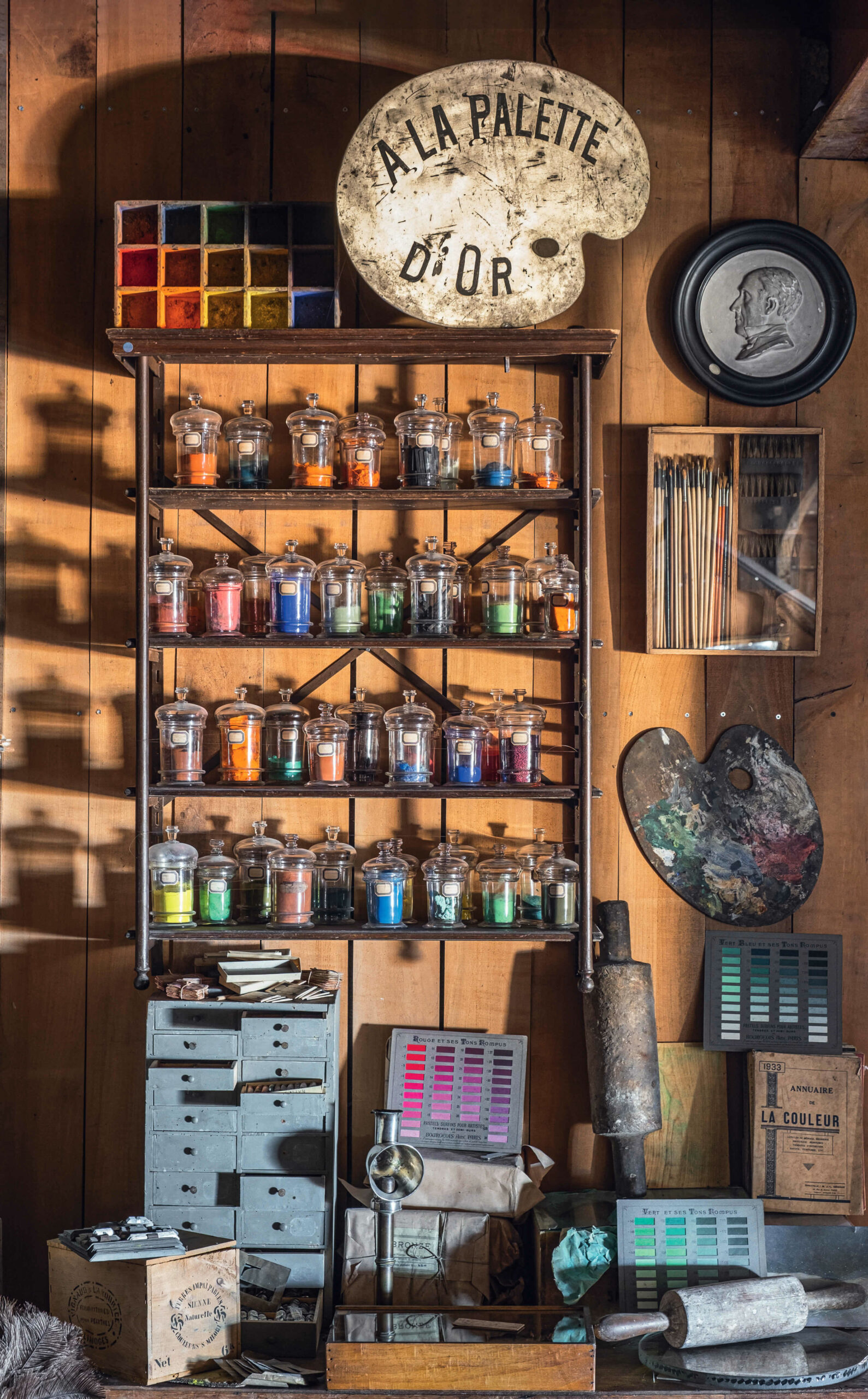
“Ever since I was very young, I’ve always known I wanted to work in art, but I didn’t know which art, I didn’t know how to choose my job and I didn’t want to because I wanted to do so many things, I wanted to paint, make videos, create items, write books.”
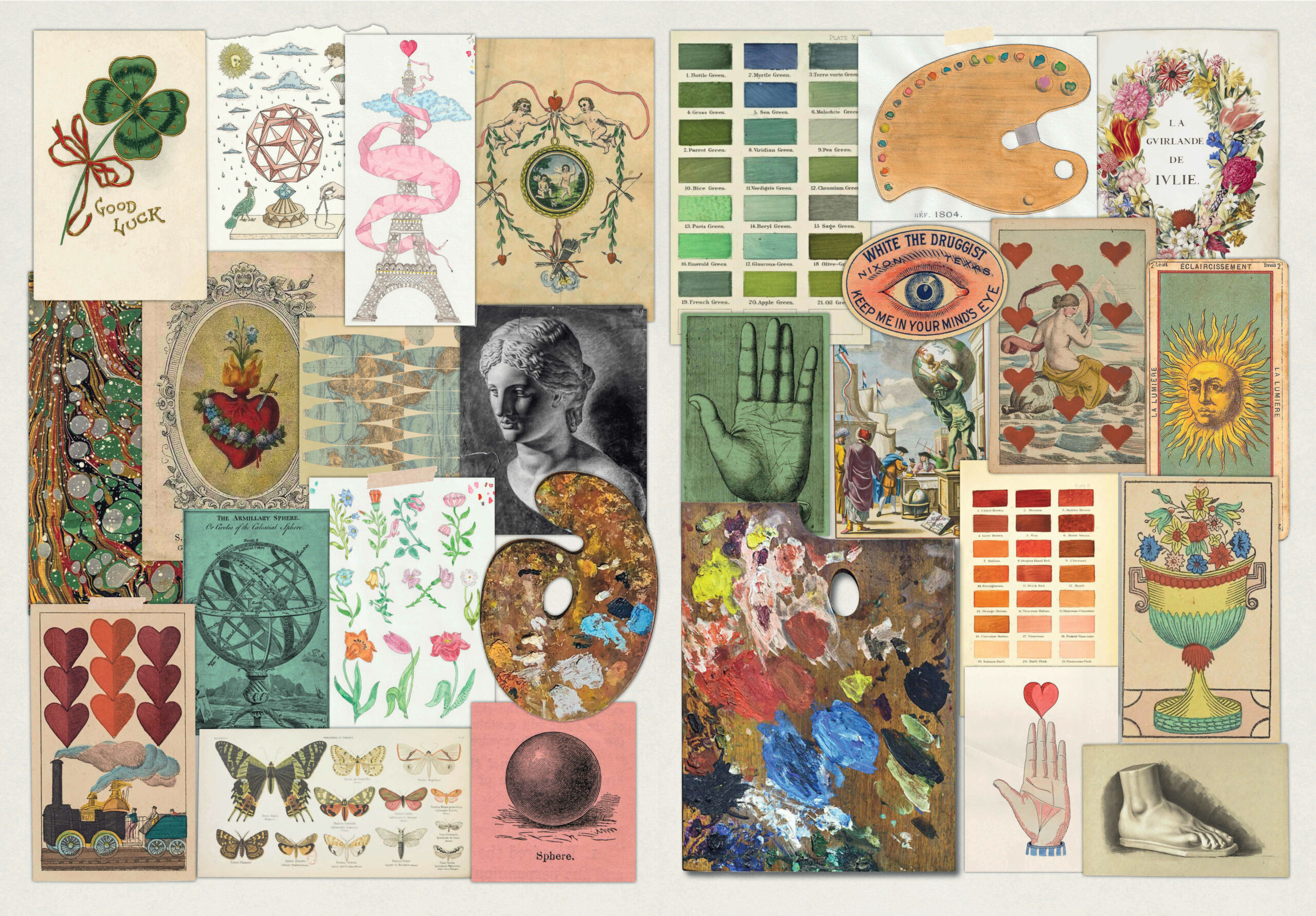
This collection of different memorabilia is a celebration of the past and the powerful meaning of memories. How would you describe your relationship with the past? How do you let it be an inspiration for both you present and future?
For me the past is very important because my inspiration comes from the past, it’s the force that pushes me to create all the items I make for my brand. When I go to flea markets or art dealers, and I see some specific palette, it makes me want to create my own palette, a beautiful one I would love to see every day on my desk when I’m painting, because I realize I can never find the perfect palette in shops. I’m a big fan of plaster, I love plaster, I own so many items in plaster, and when I made the logo for my brand, a hand with a heart, I wanted it to be in plaster, of course, so I developed it in Paris. I also have a collection of hand painted secret books from the 18th century, when people would create little secret books inside real books, full of erotic scenes or even jewelry, and just put them in the library – it was the perfect hiding spot. I also have a collection of glasses from the 19th century, which inspired me to make my own hand painted glasses. So, every single past thing has given me so may ideas to create my own items.
What’s the object that represent your identity and creativity the most and why?
Actually, it’s two things: the globe and the palette. The globe because as a child, I had a glove in my bedroom with a light inside: I could not sleep without light because I was scared of the dark, so my parents put a glove on my lamp. Another very important item for me because it makes me dream is the purse: when you wear it, you think about your next trip around the world, even just travel with your mind. I also have so many globes from the 18th century: I have some hand-made by families from Portugal who didn’t have money to buy one so they created it themselves. I made my own astral globe with the 18th century technique, and as for the palette, I used maybe more than 50 palettes found in a flea market, and each of these actually are contemporary painting themselves because you can imagine the favorite color of the painter who used to own it, and if the palette is very ruined, it means that the owner didn’t have a lot of money and used the same palette during their whole life – one item with so many stories inside.
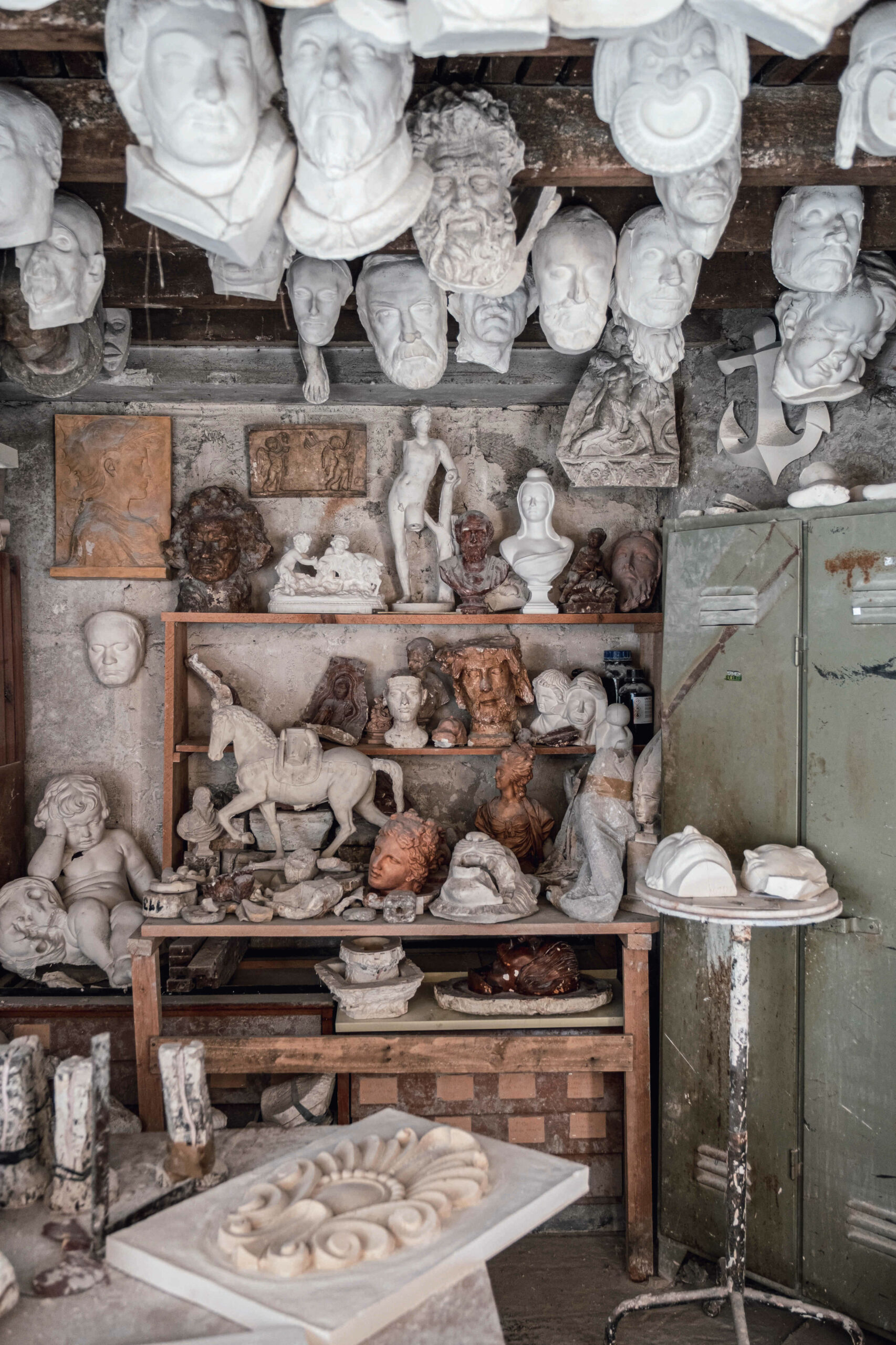
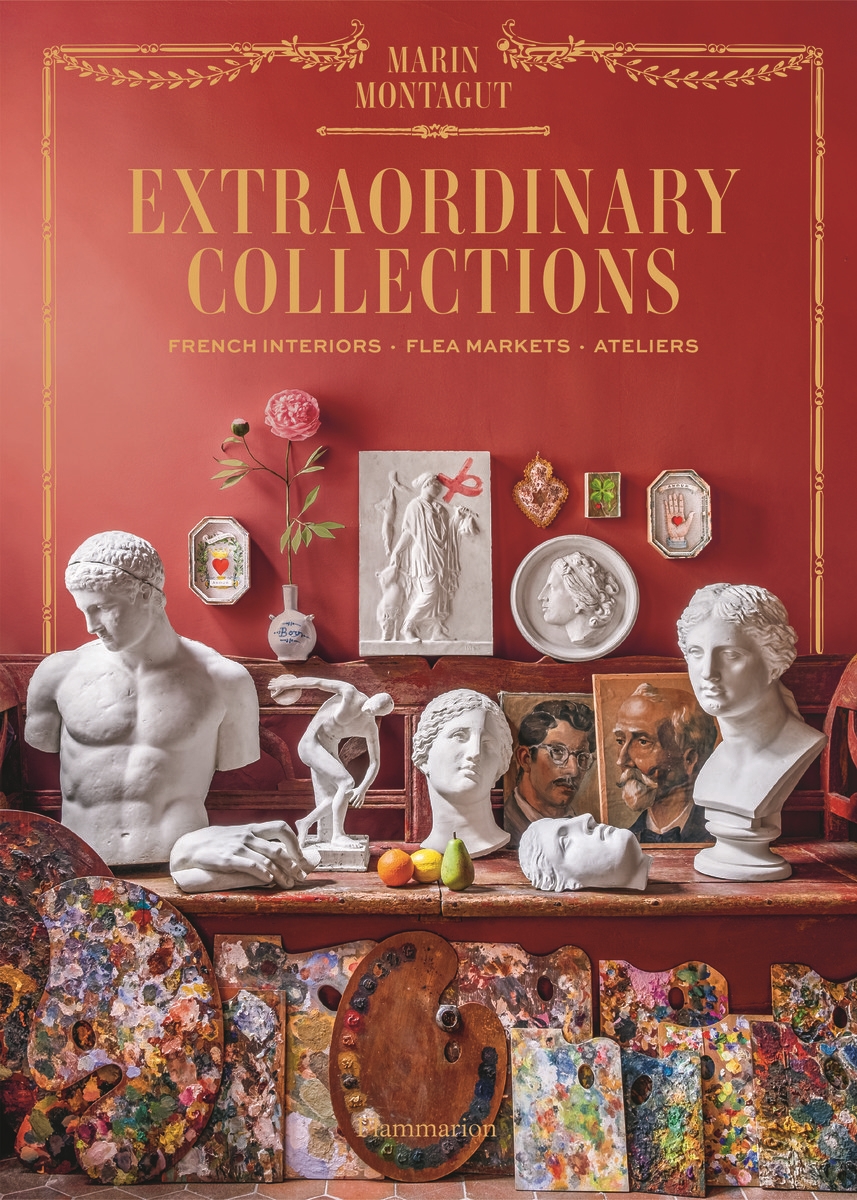
“Every single past thing has given me so may ideas to create my own items.”
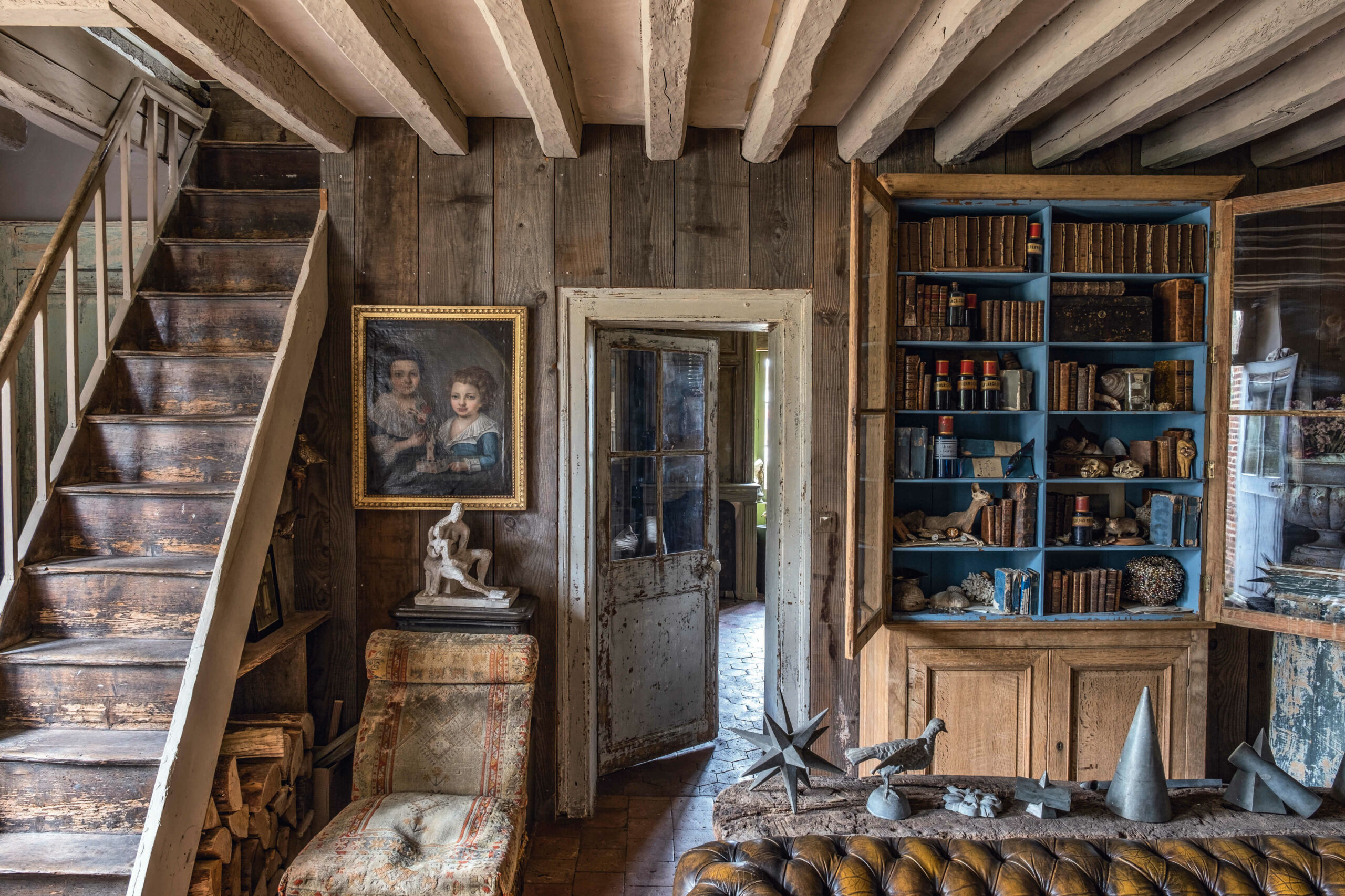
How has your relationship with Paris changed during the years? How is this city still able to amaze you?
Paris is my love story, the longest one I’ve had [laughs] because I was 19 when I arrived there, as I mentioned. I was starstruck by it, it had everything I could need, it felt like jumping into postcards. When I was working there, everything was so beautiful and dreamful. Everything there is a source of inspiration for me and that’s why I started to work on illustrations of Paris. Still today, when I’m riding my Vespa on the streets of Paris, I’m surprised by the fact that I’m living there and I’ve been living there for 20 years, and I feel so grateful to live in such an amazing place and I’m so proud of that, to the point that seeing tourists sometimes makes me think that I’m not a tourist, instead: I live there! [laughs]
What’s the book on your night stand right now?
I’m reading Jane Birkin’s “Munkey Diaries”. J’aime beaucoup Jane Birkin!
What’s the last thing you discovered about yourself?
I found that I really love Milan! [laughs] I know the city a little bit and I’m really happy to be back here.
We usually ask “what’s your happy place”, but in your case, what’s your Wunderkammer, the place of wonder where you feel most happy? It could be both physical and metaphorical.
It’s my house in Normandy and my studio in Normandy, which is in the middle of the garden, the most quiet and peaceful place. I’m trying to go there each weekend and have a walk there when I can. It’s my most peaceful place for me.
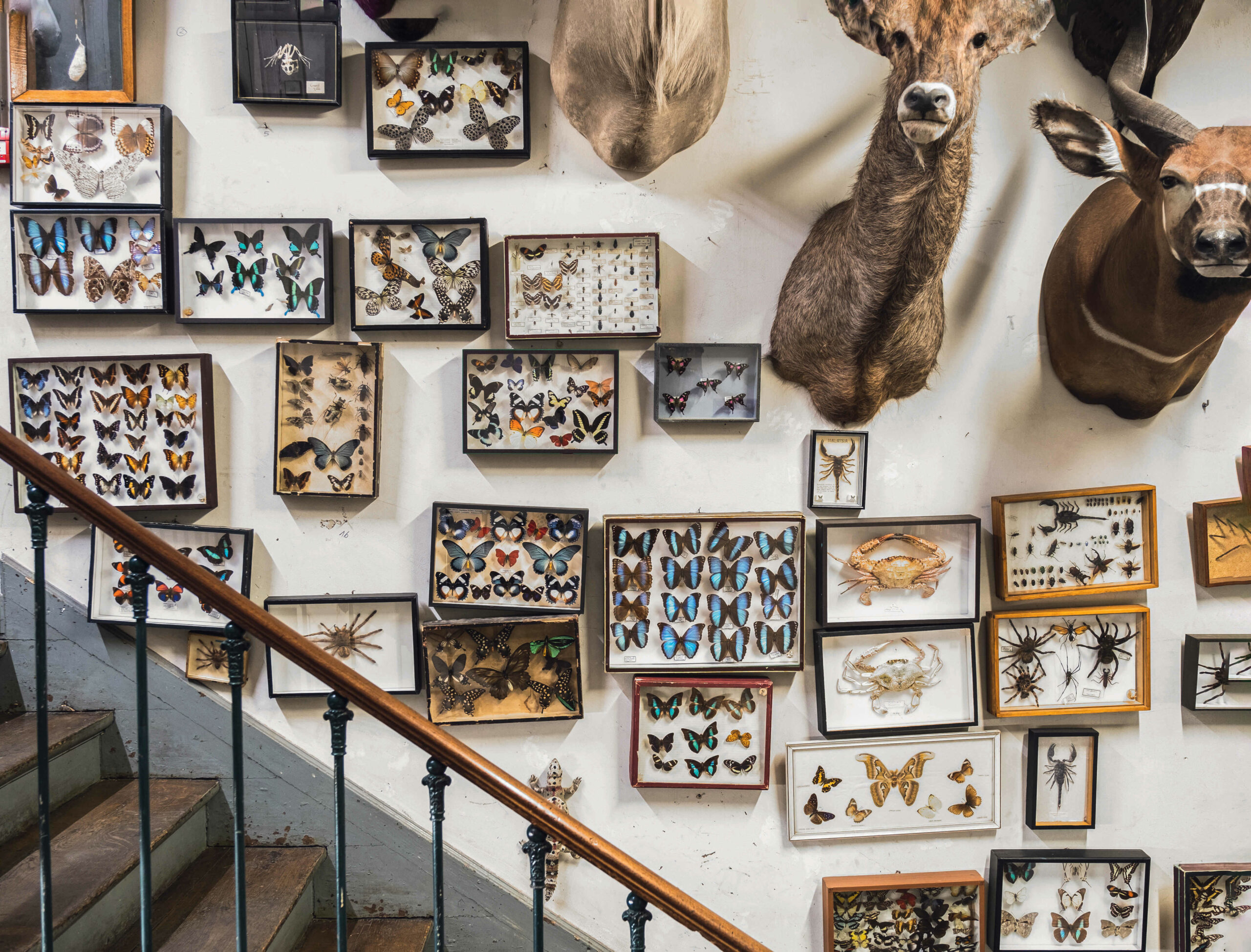
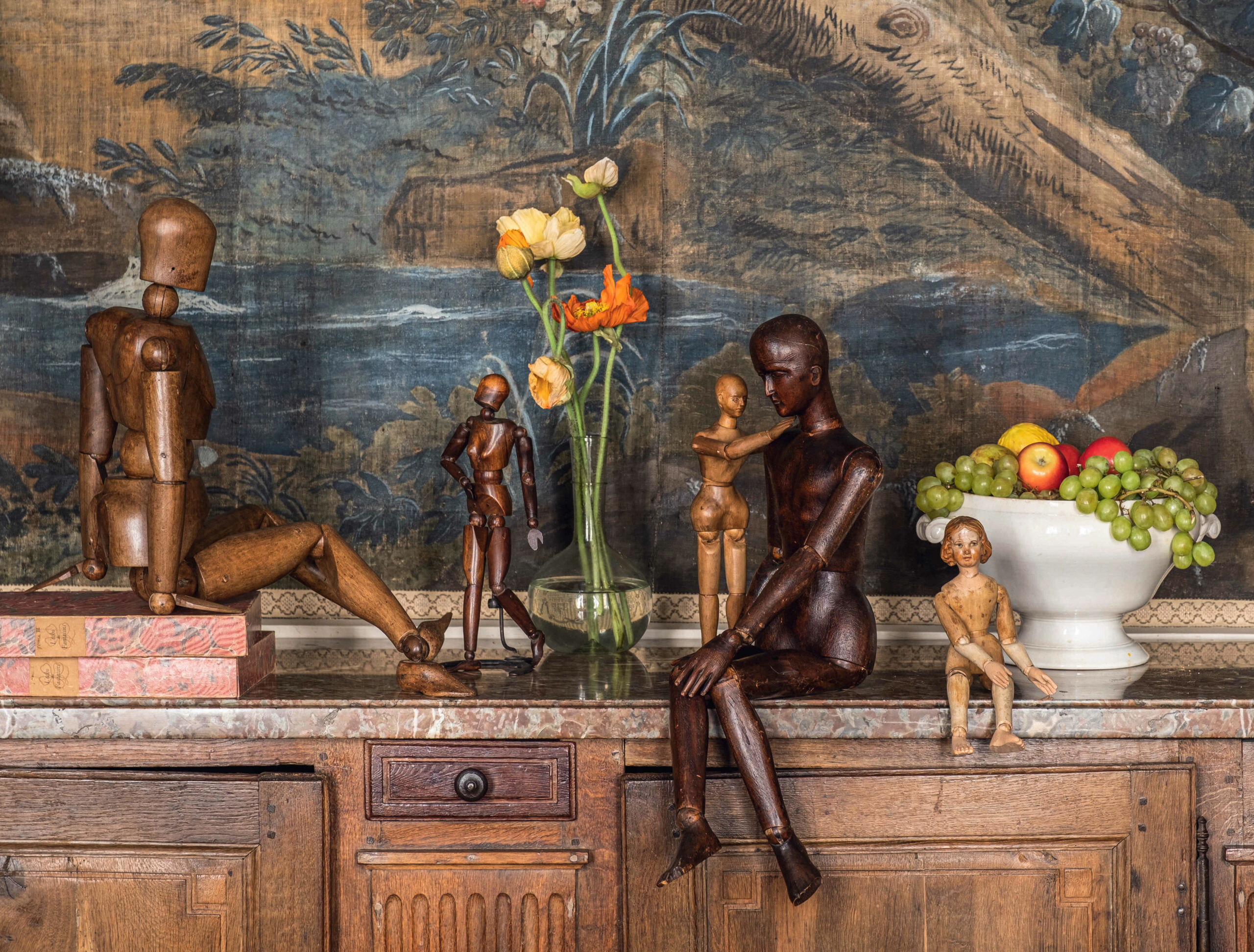
Thanks to Ippocampo Edizioni

